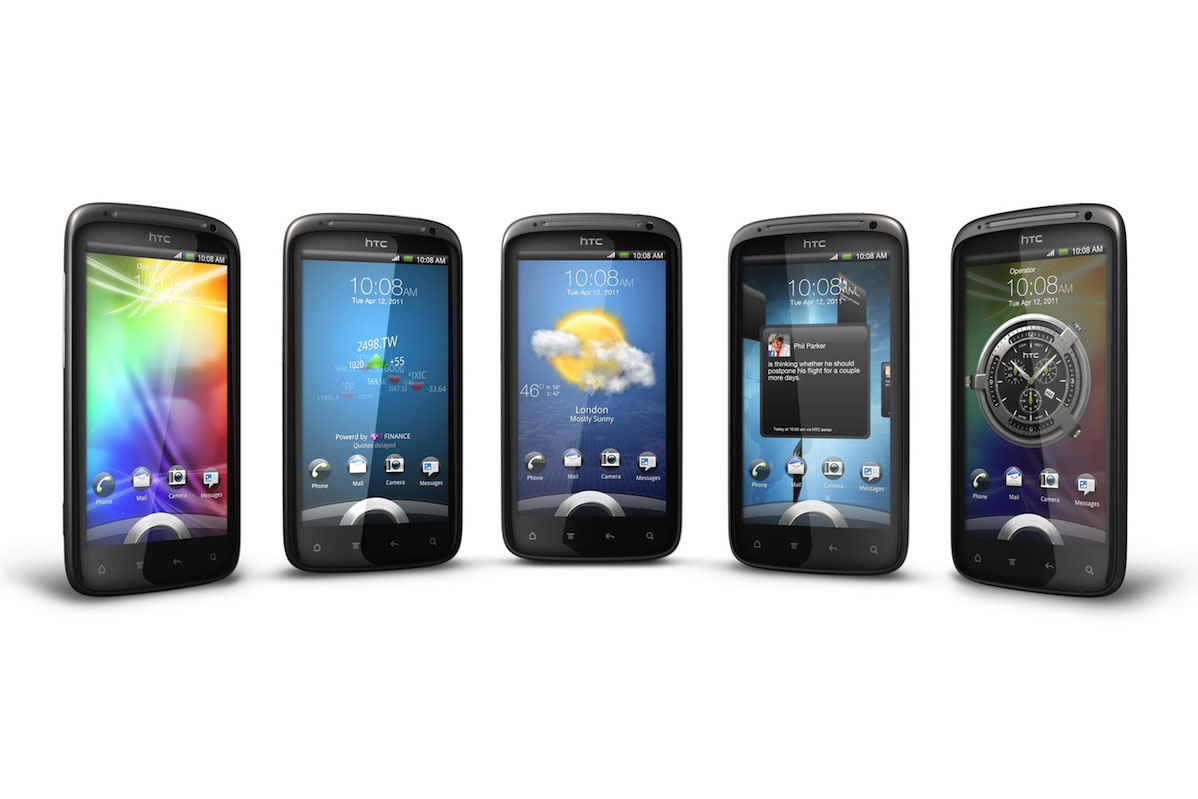HTC Sensation review
HTC's latest dual-core smartphone is here, but is it a true Sensation or a damp squib? Julian Prokaza casts a discerning eye in our review.
The HTC Sensation looks great, feels great and performs extremely well, but despite its broadly comparable specification, it just isn’t in the same league as the spectacular Samsung Galaxy S II. So, while it’s a highly capable and desirable Android smartphone, the Samsung is still the one we’d spend our money on.
Motorola Atrix. This isn't a huge step up from the Galaxy S II's 480 x 800, and nor is its nominal 256 pixels per inch quite the same as the iPhone 4 Retina display's 326ppi, but it does still make for a sharper image and small text is that much more legible as a result.
Second, the Sensation uses Super LCD technology rather than Samsung's dazzling Super AMOLED, but the difference in display quality isn't too pronounced. Colours don't zing in quite the same way and the contrast isn't as dramatic, but it's still a great screen, with a bright and vibrant image.
Since it uses the same Android 2.3.3 operating system, there's little functional difference between the Sensation and Galaxy S II, but HTC has made quite a few tweaks of its own. The biggest of these is the Sense skin that supplants Android's usual UI, but it works in much the same way it's just much better looking.

A view of the customised lock screen on the Sensation
Sense does add a few useful features of its own though, the most obvious being the lock screen. This has customisable shortcuts for quick access to four apps, plus an optional live' wallpaper that can display a weather forecast, Twitter feed, and so on. The seven Android Home' screens can contain the usual mix of widgets, app shortcuts too, each accessed by scrolling from side to side, but Sense also adds a zoomed-out overview of all them that's accessed with a double-tap of the Home button.
Get the ITPro daily newsletter
Sign up today and you will receive a free copy of our Future Focus 2025 report - the leading guidance on AI, cybersecurity and other IT challenges as per 700+ senior executives
-
 ‘Phishing kits are a force multiplier': Cheap cyber crime kits can be bought on the dark web for less than $25 – and experts warn it’s lowering the barrier of entry for amateur hackers
‘Phishing kits are a force multiplier': Cheap cyber crime kits can be bought on the dark web for less than $25 – and experts warn it’s lowering the barrier of entry for amateur hackersNews Research from NordVPN shows phishing kits are now widely available on the dark web and via messaging apps like Telegram, and are often selling for less than $25.
By Emma Woollacott Published
-
 Redis unveils new tools for developers working on AI applications
Redis unveils new tools for developers working on AI applicationsNews Redis has announced new tools aimed at making it easier for AI developers to build applications and optimize large language model (LLM) outputs.
By Ross Kelly Published
-
 Google layoffs continue with "hundreds" cut from Chrome, Android, and Pixel teams
Google layoffs continue with "hundreds" cut from Chrome, Android, and Pixel teamsNews The tech giant's efficiency drive enters a third year with devices teams the latest target
By Bobby Hellard Published